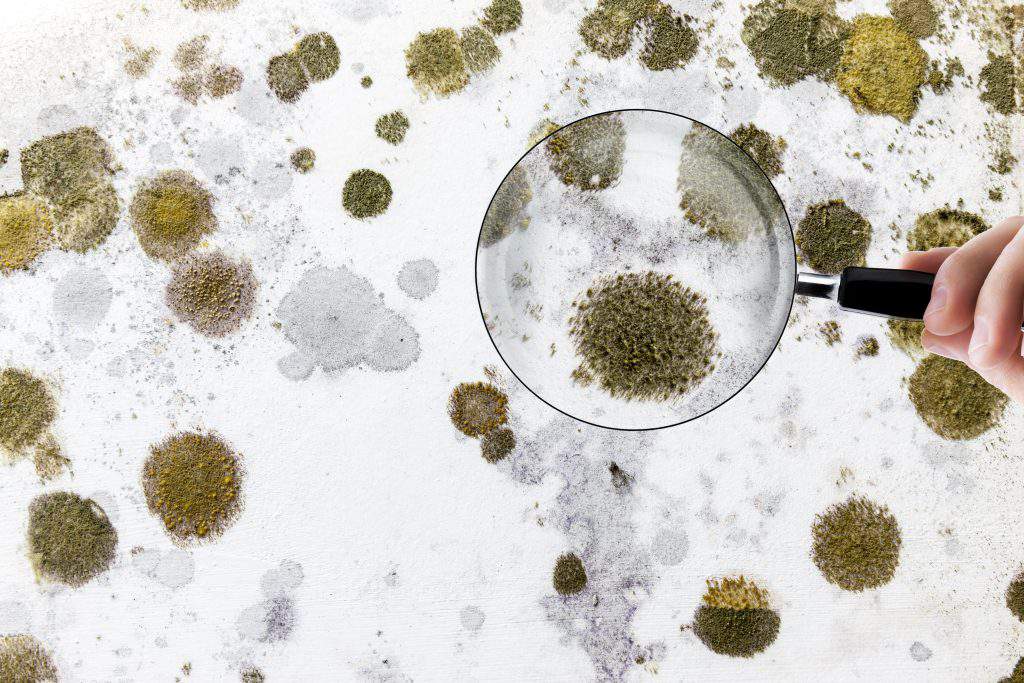Your Ultimate Guide to Blog Post Mold Removal Techniques
Browsing the realm of post-mold remediation techniques is a meticulous process that requires focus to information and an extensive understanding of the details included. In the after-effects of mold and mildew invasion, understanding how to properly get rid of the mold and mildew and stop its reoccurrence is extremely important for maintaining a healthy and balanced interior environment. From choosing the appropriate cleansing and disinfecting methods to executing techniques for lasting mold avoidance, each action in the remediation journey plays an essential role in making sure a successful end result. As we start this exploration of post-mold remediation strategies, we will certainly discover the vital techniques and ideal practices that can aid you recover your area to its pre-mold condition and safeguard it versus future mold and mildew dangers.
Comprehending Post-Mold Removal Process
After completing the mold remediation process, it is crucial to comprehend the post-mold removal techniques that are needed to guarantee a comprehensive and effective cleanup. Once the mold and mildew has been gotten rid of, the following step includes cleaning and sanitizing the impacted locations to avoid any type of regrowth of mold.
Moreover, performing a last inspection post-remediation is vital to make sure that all mold and mildew has been successfully removed. If the assessment exposes any kind of lingering mold and mildew, added removal may be essential.
Efficient Cleansing and Decontaminating Approaches

Protecting Against Future Mold Growth

Value of Correct Air Flow
Correct ventilation plays an essential function in protecting against dampness accumulation, a vital consider mold growth within indoor settings. Reliable air flow systems aid remove excess humidity from the air, lowering the opportunities of mold and mildew spores finding the wetness they require to spread out and sprout. Without appropriate air flow, interior areas can end up being a reproduction ground for mold and mildew, leading to potential health threats and architectural damage.
By guaranteeing proper air circulation, air flow systems can additionally assist in drying wet areas faster after water damages or flooding incidents, better deterring mold growth. Post remediation mold testing near me. Precede like bathrooms, attics, cellars, and cooking areas where moisture levels tend to be greater, setting up and keeping effective ventilation systems is important in avoiding mold and mildew infestations

Monitoring and Upkeep Tips
Provided the vital function that correct air flow plays visit this web-site in protecting against mold and mildew growth, it is essential to establish effective tracking and maintenance pointers to ensure the continued capability of ventilation systems. Monitoring humidity levels within the residential or commercial property is also vital, as high moisture can contribute to mold and mildew growth. By staying proactive and mindful to the problem of air flow systems, residential property proprietors can successfully minimize the danger of mold regrowth and keep a healthy interior setting.
Verdict
In final thought, post-mold remediation strategies are crucial for ensuring a safe and clean environment. Understanding the process, applying effective cleaning and sanitizing techniques, avoiding future mold development, keeping appropriate air flow, and regular tracking are all critical steps in the remediation process. By adhering to these standards, you can successfully eliminate mold and stop its return, promoting a healthy living or working area for all owners.
In the aftermath of mold and mildew invasion, knowing how to effectively eradicate the mold and mildew and prevent its reoccurrence is extremely important for keeping a healthy indoor environment. Once the mold and mildew has been eliminated, the following action involves cleaning and decontaminating the impacted locations to protect against any type of regrowth of mold - Post Mold Remediation Report. After eliminating noticeable mold and mildew growth, it is critical to cleanse all surface areas in the damaged area to remove any continuing to be mold and Check Out Your URL mildew spores. To better boost mold and mildew prevention actions, it is vital to resolve underlying problems that initially led to mold development.Given the vital function that proper ventilation plays in preventing mold development, it is imperative to establish efficient surveillance and maintenance tips to ensure the continued capability of ventilation systems